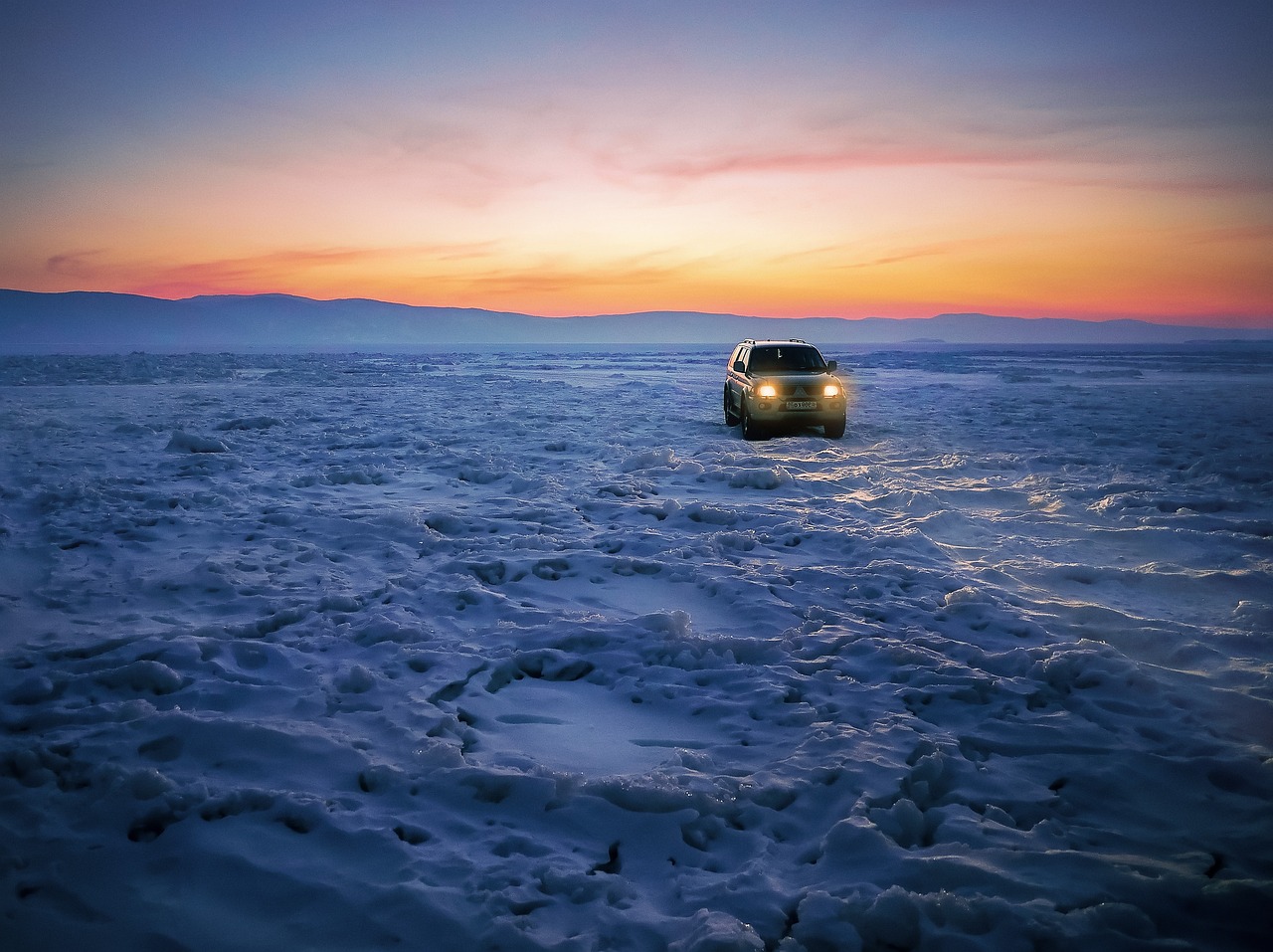Winter Driving Survival Guide: Tips for Tackling Snow, Ice, and Cold Weather

Winter might not be around the corner. But, if you’re like me, you made some driving mistakes when harsh winter hit. Winter always comes with the challenge of navigating icy roads, snow-covered highways, and bone-chilling temperatures. Whether you’re a seasoned winter driver or new to the frosty roads, this survival guide will equip you with everything you need to know to stay safe and confident when driving during the coldest months of the year.
Get Your Vehicle Well-Equipped
 Before hitting the road in winter, your vehicle needs to be checked and prepared for the harsh conditions ahead. You should begin with your tire pressure and tread depth—proper tires are crucial for traction on icy roads. Consider switching to snow tires for added grip in slippery conditions. Next, make sure your windshield wipers and fluid are in good working order to maintain visibility during snowfall or sleet.
Before hitting the road in winter, your vehicle needs to be checked and prepared for the harsh conditions ahead. You should begin with your tire pressure and tread depth—proper tires are crucial for traction on icy roads. Consider switching to snow tires for added grip in slippery conditions. Next, make sure your windshield wipers and fluid are in good working order to maintain visibility during snowfall or sleet.
Keep an emergency kit in your car with essentials like a shovel, ice scraper, jumper cables, blankets, and non-perishable snacks. It’s also wise to have a full tank of gas before embarking on any winter journey.
Avoid Sudden Maneuvers
When driving in winter conditions, avoiding sudden maneuvers is key to staying safe on the road. Sudden actions like slamming on the brakes or making quick turns can easily lead to losing control of your vehicle when roads are covered in snow and ice. Instead, practice gentle steering and braking to maintain traction. By anticipating your movements ahead of time and giving yourself plenty of space between vehicles, you’ll be better prepared to react calmly and smoothly if unexpected situations arise. If you do find yourself skidding, remain calm and steer gently in the direction you want to go without overcorrecting. This will help regain control without causing further issues.
Watch for Black Ice
Winter driving can be really treacherous, especially when it comes to black ice. This nearly invisible ice layer on the road can catch even experienced drivers off guard. One moment, you’re cruising along, and the next, your car is sliding unpredictably. That being said, be extra cautious on bridges, overpasses, and shaded areas where black ice tends to form first. Keep an eye out for a glossy appearance on the pavement that may indicate its presence. Remember that black ice often looks like a harmless puddle or wet spot but poses a serious danger. To prevent skidding on black ice, avoid sudden braking or sharp turns, just like mentioned.
Stay Informed and Know When Not to Drive
 Staying informed about weather conditions is crucial when it comes to winter driving. Make sure to check the forecast before heading out, especially if you’re planning a long journey. Being aware of any upcoming snowstorms or icy conditions can help you prepare accordingly. If the weather seems too severe or if there are warnings in place, it might be best to postpone your trip. Safety should always come first when driving in challenging winter conditions.
Staying informed about weather conditions is crucial when it comes to winter driving. Make sure to check the forecast before heading out, especially if you’re planning a long journey. Being aware of any upcoming snowstorms or icy conditions can help you prepare accordingly. If the weather seems too severe or if there are warnings in place, it might be best to postpone your trip. Safety should always come first when driving in challenging winter conditions.
It’s better to delay your plans than risk getting stranded on the road due to dangerous weather. Remember that knowing when not to drive can be just as important as being prepared for winter driving challenges.
